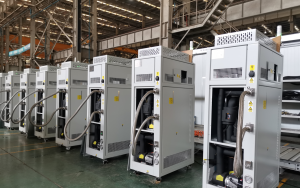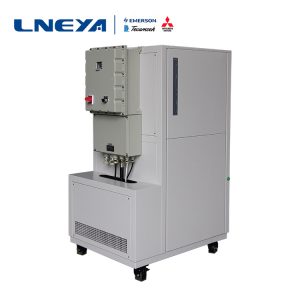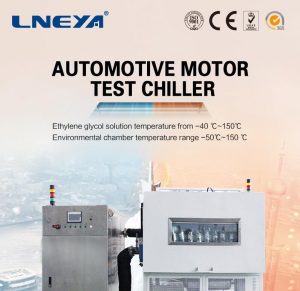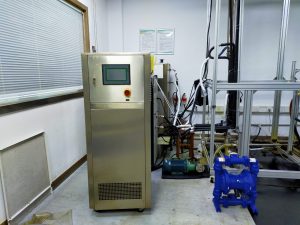Summary of Maintenance Items of Glycol Chiller
During the daily operation of glycol chiller, if the maintenance is not in place, the cooling effect of glycol chiller will be reduced. Therefore, in order to improve the operation efficiency of glycol chiller, we suggest that you should carry out necessary daily maintenance.
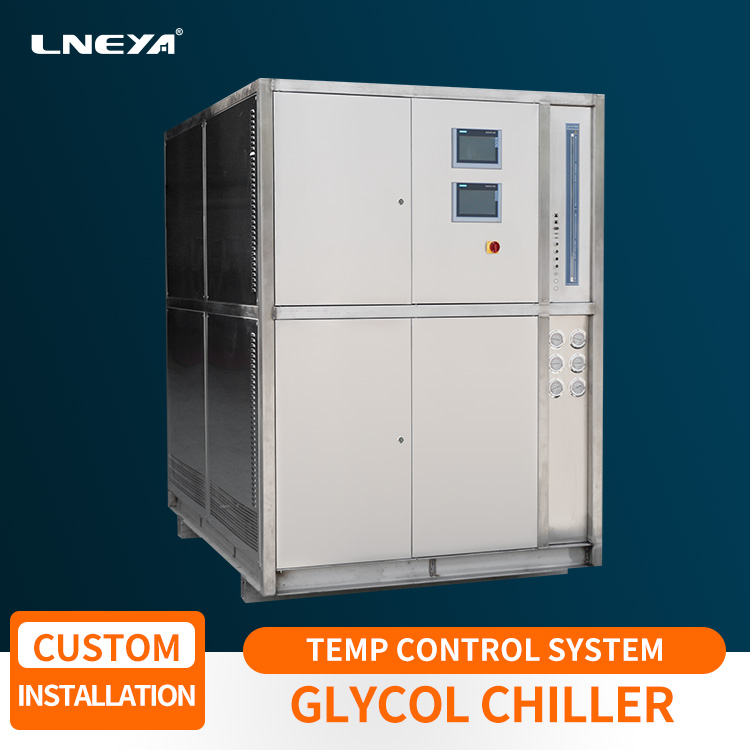
Inspection of refrigeration system of glycol chiller: generally, various problems will inevitably occur after long-term use of glycol chiller. Once there is a fault, we should carefully check the service condition of various parts of the machine, focusing on the refrigeration system, electrical system, air system and water system, and judge whether their functions are normal. We usually check them through sound and appearance. If there are problems, we suggest to replace them in time.
Refrigerant inspection of glycol chiller: regularly check whether the refrigerant of glycol chiller leaks: it can be determined by referring to the parameters displayed on the high and low pressure meter on the front panel of the host. According to the temperature change of air temperature (winter and summer), the pressure display of glycol chiller is also different. When the low-temperature chiller works normally, the high-pressure display is 11-17kg and the low-pressure display is 3-5kg.
Inspection of cooling water system of glycol chiller: check whether the cooling water system of glycol chiller is normal, whether the fan and sprinkler shaft of cooling water tower operate well, and whether the make-up water of the built-in water tank of chiller is normal.
System cleaning of glycol chiller: the glycol chiller shall be cleaned once a year after six months of use. The main cleaning parts include cooling water tower, cooling water pipe and condenser to ensure good refrigeration effect.
Voltage and current inspection of glycol chiller: regularly check whether the voltage and electric flow of glycol chiller are stable and whether the compressor operates normally. When the glycol chiller works normally, the voltage is 380V and the current is in the range of 11a-15a.
Of course, there are many other details that need your attention.
Related recommendations
-
Small coup to deal with ice blockage of high and low temperature liquid circulating chillers
1220In the operation of high and low temperature liquid circulating chillers, ice blockage is a relatively common fault. Based on the experience of relevant manufacturers, we have specially compiled relevant tips for dealing with ice jams. In the pip...
View details -
Thermal oil secondary circulation system safety knowledge
1726The thermal oil secondary circulation system is equipped with various instruments and equipment for temperature control. After market research, carefully research and production of temperature-controlled products, when using, you need to pay atten...
View details -
Maintenance of Glycol Cooling Heating Control System
1692Apart from the attention needed during the daily use, the regular check and maintenance of Glycol Cooling Heating Control System are also very important. In order to help all of you learn to use Glycol cooling heating more efficiently, Guanya Re...
View details -
The main purpose of the reactor heating and cooling system
1776The reaction kettle heating and cooling system is suitable for high-purity metals, rare substance purification, laboratory environment simulation, magnetron sputtering, vacuum coating and other industries. The large-scale cryogenic pump unit can p...
View details
 LNEYA Industrial Chillers Manufacturer Supplier
LNEYA Industrial Chillers Manufacturer Supplier









